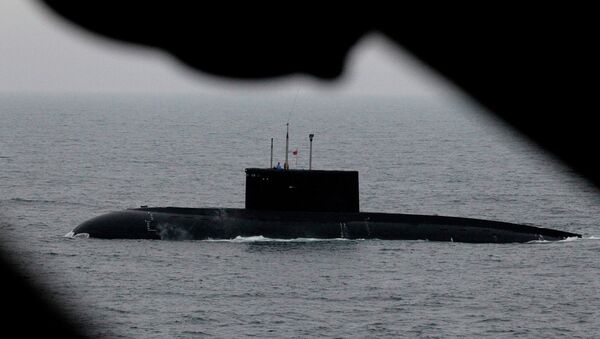Air Chief Marshal Sir Stuart Peach, the chief of the UK’s defense staff and thus the country’s highest-ranking military figure, called for NATO to protect the world’s crisscrossing undersea cable system from what he claimed is an ever-present ‘Russian threat’. The scenario of Russian submarines destroying some of the delicate infrastructure on the ocean floor has periodically come up before, but this time the scenario is being revived with a previously unseen vigor. Officials have pointed to the dependency of our 21st century civilization on modern-day communication technologies to warn the public about just how destabilizing of an event it would be if these systems were disrupted, drawing attention to the mind-boggling fact that 97% of global communications and roughly $10 trillion in daily financial transactions are transmitted through these cables.
READ MORE: British Marshal Claims Russia Could Cut Off NATO Countries' Internet
Coupled with the West’s never-ending fear mongering about Russia, it’s easy for “deep state” and media representatives alike to dupe the public into believing that President Putin is always just moments away from giving the signal for these submarine cables to be cut, thus throwing civilization into chaos and totally changing the daily way of life for billions of people. Russia is being deliberately misportrayed as a threatening menace in this context so as to justify the deployment of additional US and NATO naval forces all across the world in order to supposedly protect the over 545,000 miles of cables laid underneath the ocean. It’s convenient, cost-effective, and “convincing” in today’s information environment for the West to promote this narrative, but what they’re not telling their intended audiences is that it’s impossible to ever fully secure a network of cables that’s long enough to circle the Earth almost 22 times.
It’s a fundamental pillar of American grand strategy in the 21st century for the US to deepen its naval presence in this body of water, with the intent being to monitor China’s maritime Silk Road trade routes and potentially enter into a position of being able to disrupt, control, or influence them sometime in the future. The mid-2000s Somalian Pirate Crisis (which wasn’t truly at all like the media presented it) served the purpose of proving to the West that a supposed threat to multilateral interests on the global waterways is enough to “justify” the deployment of naval forces to the given area of concern. The anti-Russian submarine cable scare goes far beyond that, however, by expanding the scope of potential operations from a single but strategic body of water such as the Gulf of Aden to the entire ocean, and particularly the area close to each continent’s coasts and thus every countries’ Exclusive Economic Zone.
The views expressed in this article are solely those of the author and do not necessarily reflect the official position of Sputnik.






